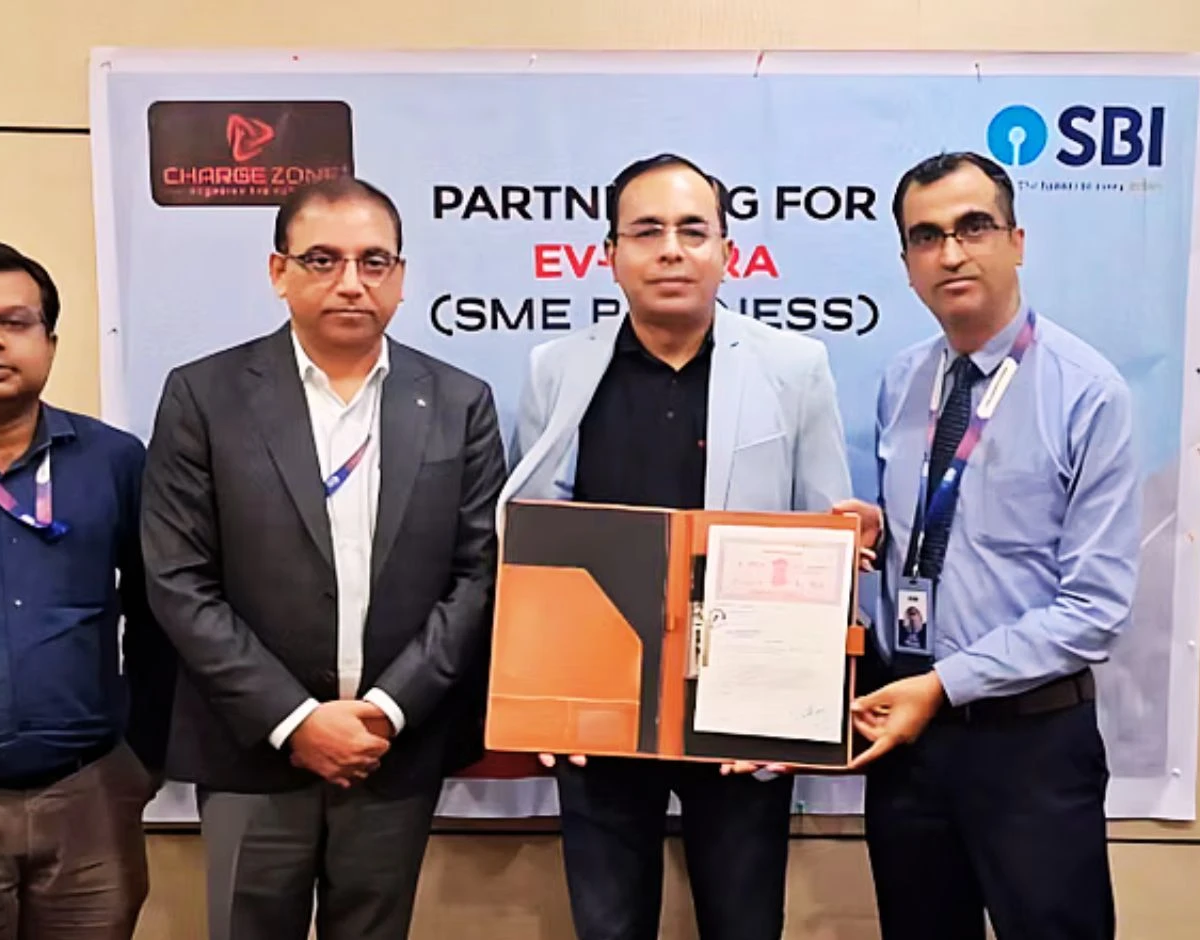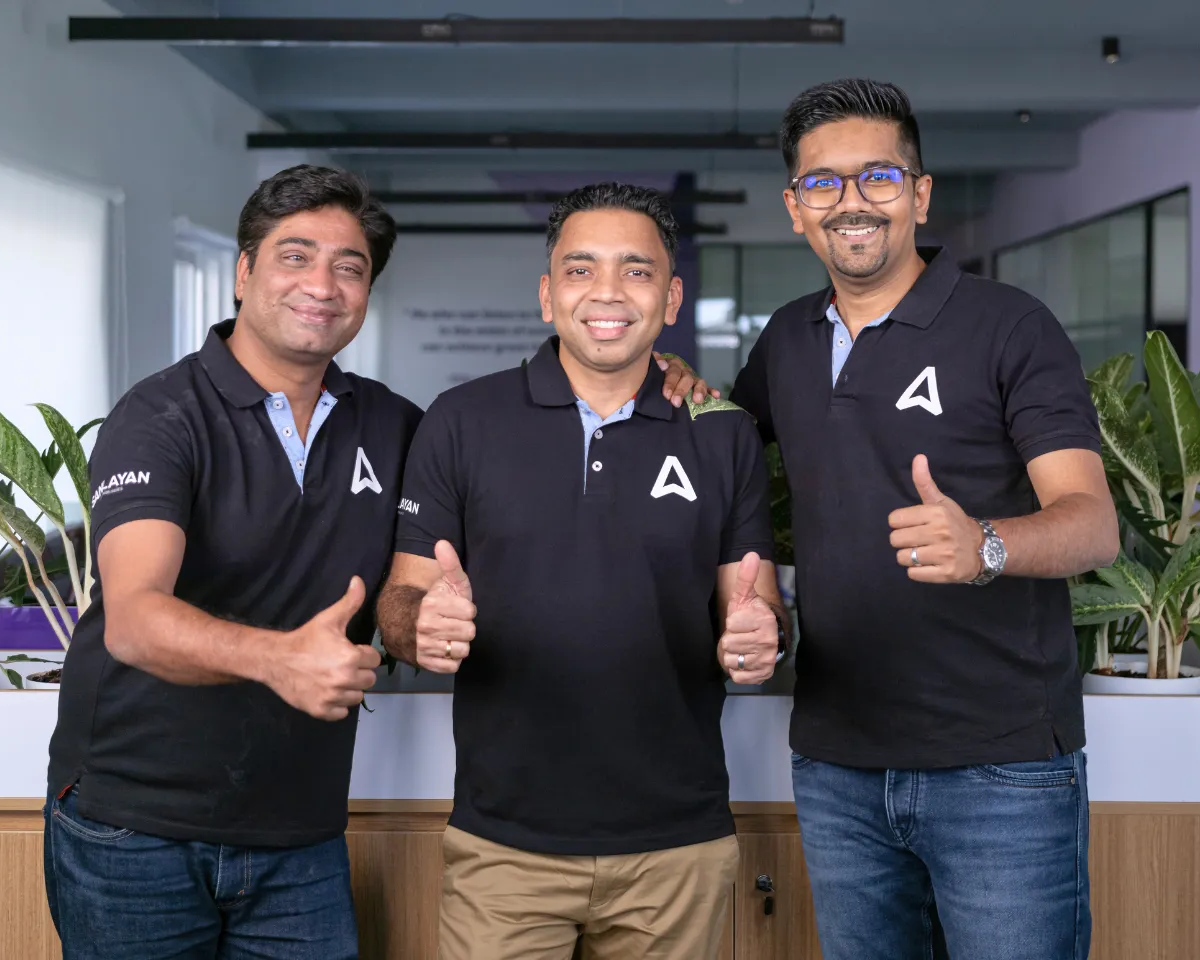India’s electric vehicle (EV) story has been picking up pace over the last few years, but there’s always been one stubborn speed bump—charging infrastructure. You can have the sleekest EV in the showroom, but if charging points are rare or too far apart, range anxiety kicks in and adoption slows down.
Now, the State Bank of India (SBI) is trying to smooth out that bump with something rather interesting—the EV Mitra Scheme. In simple terms, it’s a financing plan that offers collateral-free loans to anyone looking to set up an EV charging station. And when I say “anyone,” I mean it—fuel station owners, mall operators, housing societies, fleet owners, even entrepreneurs with a small patch of land in a high-traffic area can apply.
Table of Contents
Breaking Down the Scheme (Without Drowning You in Banking Jargon)
Under EV Mitra, SBI has teamed up with ChargeZone, one of India’s more aggressive charging network players. The model they’re using is called Dealer-Owned, Company-Operated (DoCo). Translation: You own the station; they help operate it.
Read: Government Launches PM e-Drive Scheme to Promote Electric Trucks in India
The loan size? Anywhere between ₹10 lakh and ₹10 crore. That’s a wide range, which means it can work for a modest single-point charger in a residential society or a big multi-gun fast-charging hub on a highway. Repayment can stretch up to seven years—pretty reasonable if your charging point gets steady footfall.
The magic ingredient here is the Credit Guarantee Fund Trust for Micro and Small Enterprises (CGTMSE). This is what allows the “collateral-free” part. Essentially, the scheme assures the bank that if you default, there’s a guarantee fund backing it. That’s a big deal, because one of the biggest hurdles for small business owners has always been, “What do I mortgage to get the loan?”
Why This Could Actually Work
Let’s be real: financing is the quiet villain in India’s EV charging story. We love to talk about technology, batteries, and government policy, but the truth is, most charging stations need a decent upfront investment. And unless you have deep pockets or an angel investor friend, you’re at the mercy of traditional loans, which almost always want collateral.
Now, with EV Mitra, the “barrier to entry” drops. I can easily imagine a small-town entrepreneur thinking, Hey, I could put a charger next to my dhaba on the highway. It’s the kind of decentralised, bottom-up growth that India’s EV ecosystem desperately needs.
And ChargeZone isn’t just playing around. They’re already running 13,500+ charging points across 1,200 locations and have set themselves the audacious target of one million charging points across the country. Ambitious? Sure. Unrealistic? Not if financing pipelines like this one stays open.
The Bigger Picture – India’s Charging Network Is Waking Up
Just to give you a sense of momentum: in 2022, India had about 5,151 public charging stations. As of early 2025, that number has crossed 26,000. That’s a fivefold jump in just three years. If you do the math, it’s roughly a 72% compound annual growth rate—numbers that would make any startup founder drool.
But let’s not kid ourselves. While metros are getting a decent spread of chargers, tier-2 and tier-3 cities are still catching up. And highways? Still patchy in many parts. That’s where initiatives like EV Mitra can actually tip the scale—making it easier for local players to set up chargers in exactly those underserved locations.
The Human Side of the Scheme
What I like about this plan is that it’s not just aimed at big corporations. Mall owners, real estate developers, housing societies, fleet operators—there’s room for everyone. And let’s face it, EV adoption in India won’t just be driven by mega-charging hubs; it’ll be hundreds of smaller points in apartment basements, near kirana stores, and tucked into petrol pump corners.
ChargeZone’s CEO, Kartikey Hariyani, has been pretty vocal about the mission: “We want to empower everyday entrepreneurs and institutions to participate in building the EV ecosystem.” And frankly, it’s about time someone took that approach.
Government and Industry Pulling in the Same Direction
This scheme doesn’t exist in isolation. It’s part of a bigger web of incentives—the FAME-II subsidy, reduced GST on EVs and chargers, and various state-level policies sweetening the deal. Banks are slowly waking up to the fact that EV infrastructure is not a “niche risk” anymore—it’s going mainstream.
SBI’s own dedicated EV financing programs, plus partnerships with players like Tata Power’s EZ Charge, show there’s an institutional appetite to back this sector. The key now will be making sure these schemes stay nimble—no bureaucratic quicksand when an applicant tries to get a loan.
What Could Go Wrong?
It’s easy to get carried away, so here’s the reality check. For one, just because financing is available doesn’t mean every charging station will be profitable. Location still matters—a lot. Set one up in a low-traffic area, and you might be staring at an idle charger most of the day.
Then there’s the operational side. Power availability, grid stability, and the sheer patience needed to deal with local approvals can test even the most enthusiastic entrepreneur. And yes, the EV industry moves fast—today’s charging tech can feel outdated in three years, so picking the right hardware partner matters.
Why I’m Still Optimistic
Despite the risks, I think EV Mitra is one of those rare financing schemes that actually plugs into a pressing market gap. It’s not overcomplicated, it’s inclusive, and it’s anchored by players who already have skin in the game.
If executed well, it could accelerate the spread of chargers not just in Delhi, Mumbai, or Bengaluru, but in places like Indore, Nagpur, Coimbatore, and the long, often charger-starved stretches between them.
At the end of the day, charging infrastructure is the make-or-break factor for EV adoption in India. You can have all the flashy EV launches you want, but if drivers can’t top up without anxiety, adoption will stall. With EV Mitra, SBI and ChargeZone might just be giving the sector the financial jump-start it’s been waiting for.
And honestly? If this works, five years from now, we might look back and wonder how we ever thought EV charging in India was “too slow to take off.”
Discover more from NEXTWHATBUSINESS
Subscribe to get the latest posts sent to your email.



